Chiki taste test! Japan’s big three convenience stores challenged by fried chicken field newcomer
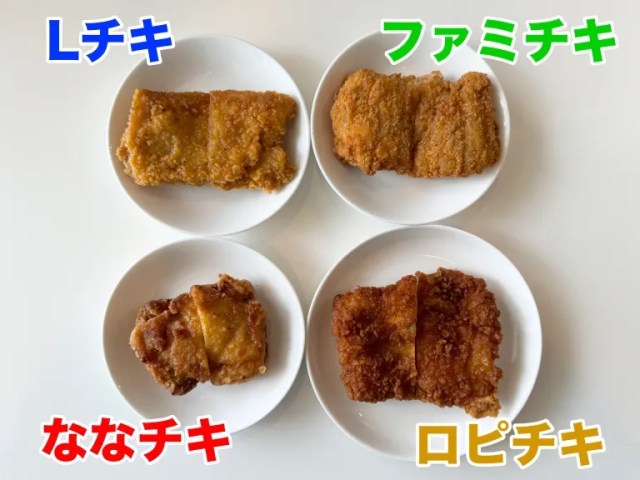
Here comes a new chiki challenger!
There’s a surprising amount of depth to the question of how to say “chicken” in Japanese. The indigenous word is niwatori, but that’s primarily used to talk about the animal, not its meat. For chicken meat, niwatori usually gets trimmed down to tori, which literally means just “bird,” but is generally understood to mean “chicken” if you’re talking about food, as in yakitori, roasted chicken skewers.
However, tori is mainly used to talk about chicken in the context of Japanese, or at least other Asian, cuisines. When talking about Western-style dishes, the word to use is chikin, the Japanese corrupted pronunciation of the English “chicken.” For example, Western-style fried chicken in Japanese is furaido chikin, not furaido tori.
In recent years, though, there’s been a further linguistic evolution of sorts, in which chikin gets shortened to chiki. This isn’t an official Japanese vocabulary word, but chiki is what Japan’s big three convenience store chains, 7-Eleven, Family Mart, and Lawson, all call their store-brand boneless fried chicken filets.
▼ Left to right: Lawson’s L Chiki, 7-Eleven’s Nana Chiki, and Family Mart’s Fami Chiki
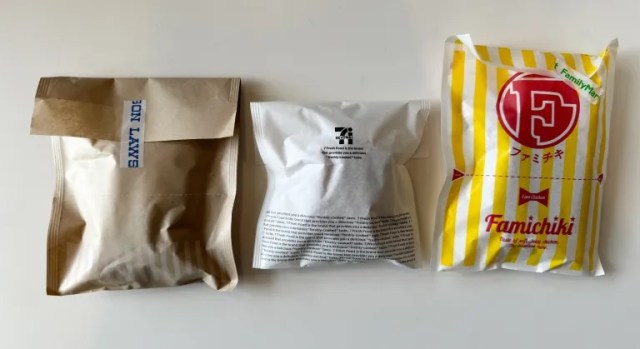
All three are delicious big sellers, but we recently caught word of a new challenger in the chiki world, and so we sent our Japanese-language reporter Ikuna Kamezawa off to supermarket Lopia to procure some of their Lopi Chiki for a four-way taste test with Japan’s big three convenience store fried chicken stars.
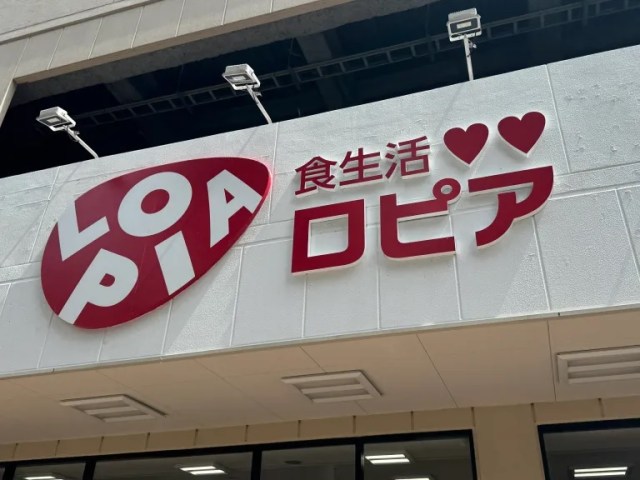
Lopia sometimes gets called “Japan’s Costco” because of their focus on low prices and large portions. In the past, we’ve tried their colossal melon bread and their Mega Bento, which weighs more than a newborn baby, and the chain’s philosophy of more is more extends to the Lopi Chiki. Unlike the L Chiki, Nana Chiki, and Fami Chiki, Lopi Chiki can’t be purchased in individual pieces, and has to be bought in a pack of either four or eight cutlets.
▼ Lopi Chiki Four-pack
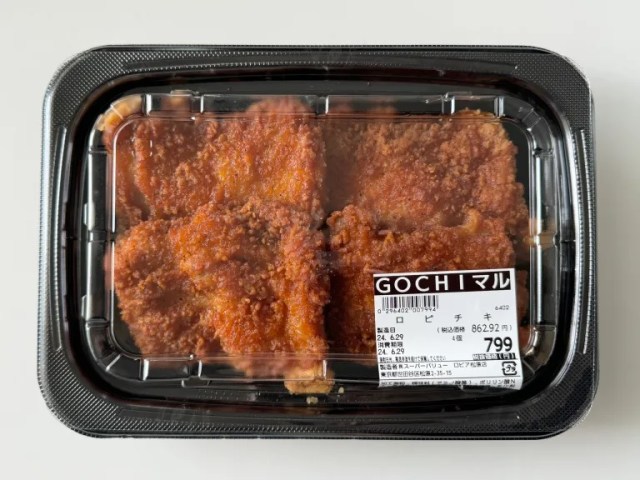
A four-pack of Lopi Chiki goes for 863 yen (US$5.40), which works out to just under 216 yen per piece. That comes in under all three of its convenience store rivals, as Fami Chiki sells for 230 yen, L Chiki 238 yen, and Nana Chiki 240 yen each. Lopi Chiki’s price advantage gets even bigger if you opt for the eight-pack for 1,598 yen, making each piece less than 200 yen.
▼ Lopi Chiki
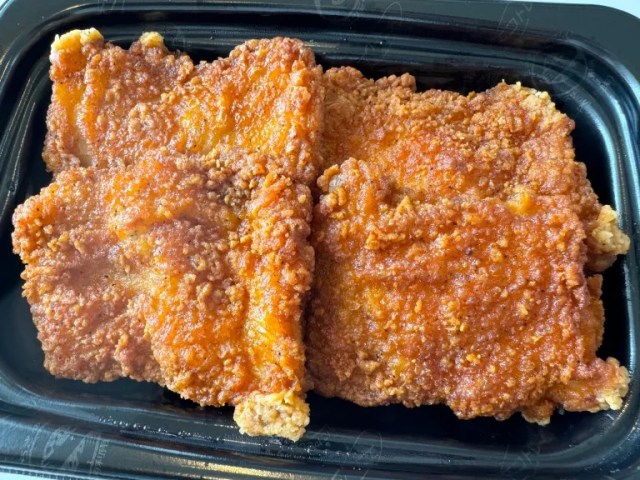
It’s not like Lopi Chiki’s low price is a product of smaller portion size, either. After plating our chiki quartet, we could see that Lopi Chiki is at least as big as any of the others.
▼ Clockwise from top left: L Chiki, Fami Chiki, Lopi Chiki, and Nana Chiki

However, big portions and lower-in-bulk pricing is a double-edged sword, because if the chicken tastes bad, that just means we paid a bigger chunk of cash for a lager quantity of meat that we won’t want to eat. So now it was time to move on to the most important, and potentially pleasurable, part of the comparison by eating each chiki.
▼ L Chiki

Starting with Lawson’s L Chiki, Ikuna found it to be the closest in flavor to KFC, which is her personal baseline of what Western-style fried chicken tastes like. It’s an orthodox flavor with heavy seasonings, but hearty and satisfying.
▼ Fami Chiki
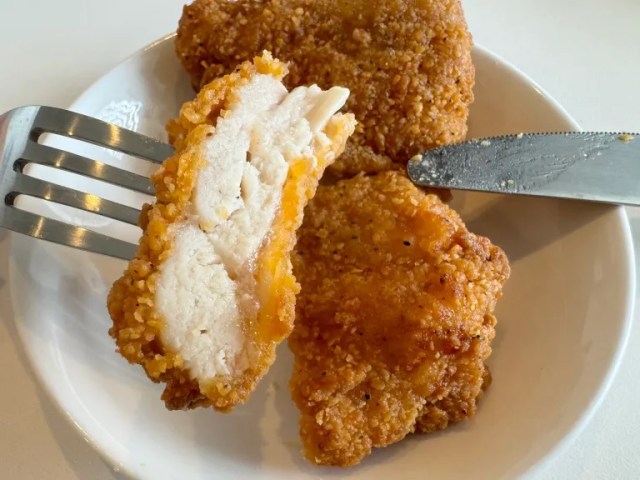
Family Mart’s Fami Chiki has the thinnest breading of the bunch. That, by comparison, gives you the greatest ratio of meat per mouthful, and also keeps the breading crisp, making it Ikuna’s personal favorite out of the big three convenience store’s chikis.
▼ Nana Chiki
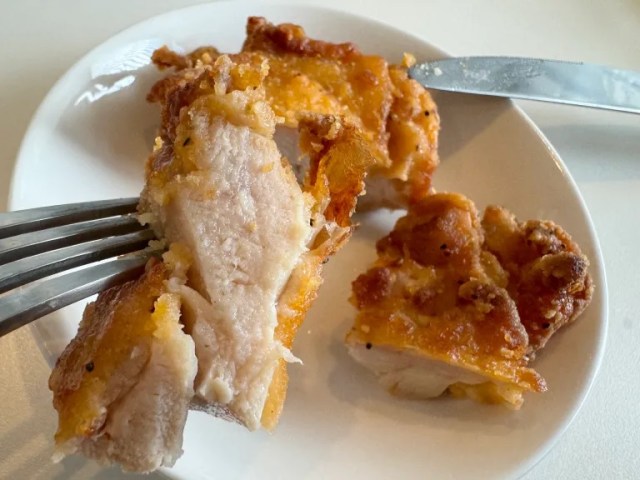
Moving on, 7-Eleven’s Nana Chiki (nana meaning “seven” in Japanese) boasts extra-juicy meat. It also has a bit of a happy surprise, since even though it looks small when viewed from above (like in our four-piece comparison photo above), it’s actually pretty thick, so you’re still getting a nicely sized portion.
▼ Lopi Chiki
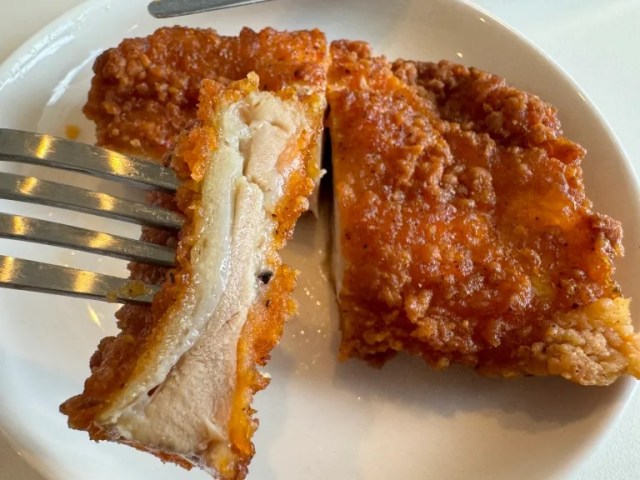
And last, it was time to taste the Lopi Chiki, which Lopia boasts is made with a mix of 11 seasonings. As soon as Ikuna had lifted the lid off the container, she thought she could sense the scent of fragrant soy sauce, and that lined up with her impression as she took a bite. To Ikuna’s palate, Lopi’s chiki has a flavor profile similar to karaage, Japanese-style fried chicken, which also usually has garlic and ginger among its seasonings. Like with Lawson’s L Chiki, Lopi Chiki’s flavor is big and bold, but by going in a different direction than the big three convenience store chikis, it carves out a delicious identity just for itself.
As we mentioned above, though, you have to buy at least four pieces of Lopi Chiki per pack, and unless you’re very hungry, you’re probably not going to eat them all in one sitting. Ikuna didn’t, but she’s happy to report that Lopi Chiki was delicious both in its freshly fried state right after she’d purchased it and also in its more tender texture when she went back to finish off her leftovers, so we’re happy to welcome it into our rotation for satisfying our chiki cravings.
Related: Lopia location list
Photos ©SoraNews24
● Want to hear about SoraNews24’s latest articles as soon as they’re published? Follow us on Facebook and Twitter!
Credit:

0 comments:
Post a Comment